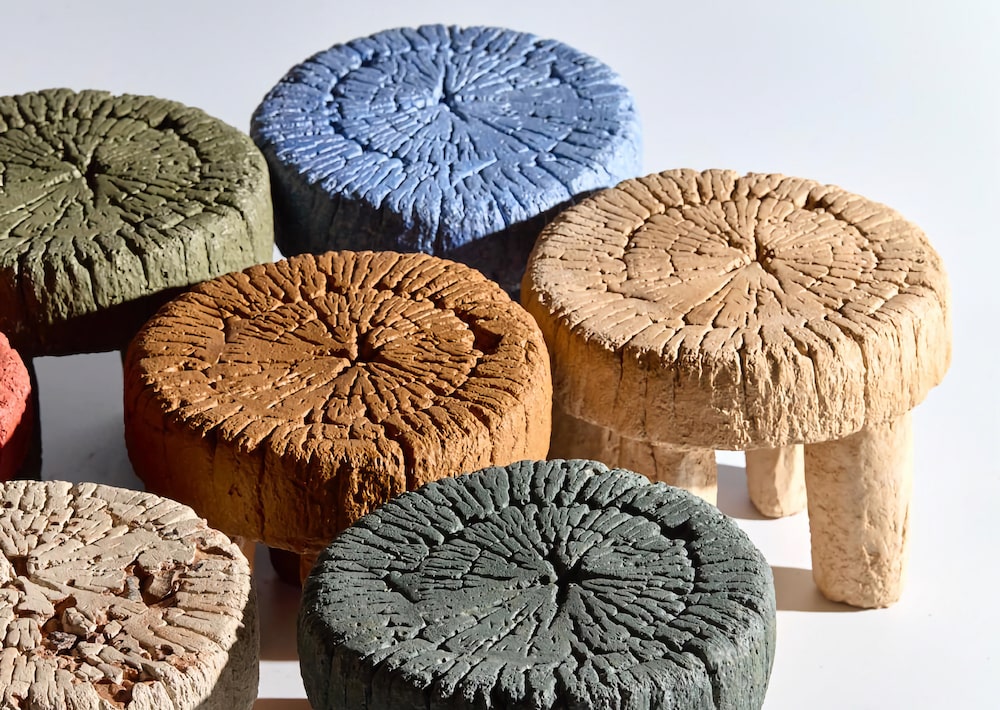When Jay Dillon first set out to create Yardbird, the outdoor furniture company, he was looking to make well-designed collections that were more accessible and available than what was on the market.
While developing the project in Asia, he realized how wasteful the manufacturing process was, as well as how much litter and plastic ended up on the beaches there. He decided investigate the issue, eventually finding a way to use over 30,000 pounds of ocean plastic in the materials that make up the 2018 collection.
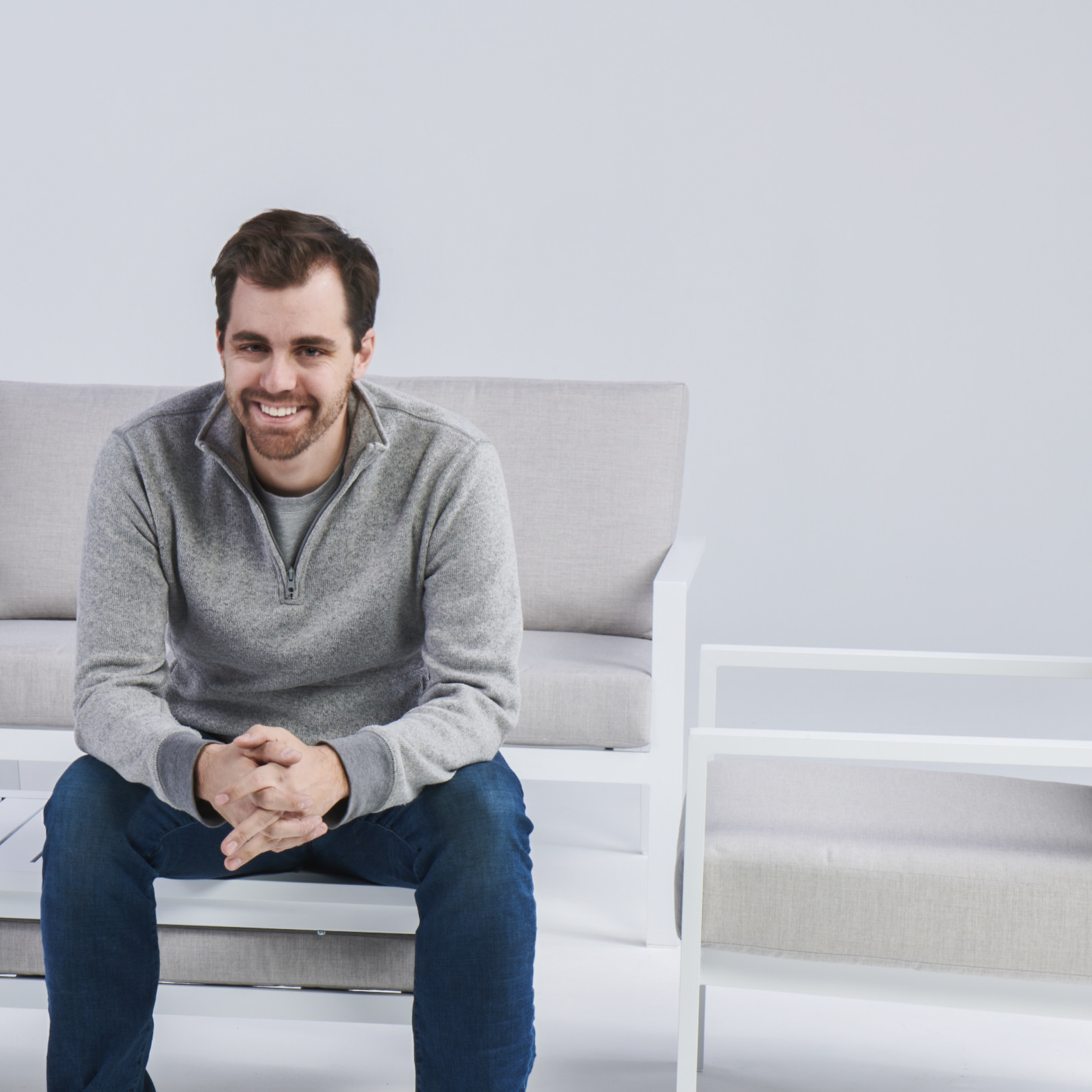
Jay Dillon
Courtesy of Yardbird
Whitewall spoke with Dillon about Yardbird’s commitment to enjoying the great outdoors by protecting it.
WHITEWALL: Initially, you wanted to make outdoor furniture more accessible, and the process of ordering it more streamlined. Along the way, you discovered how wasteful the industry is. How did you initially respond to that?
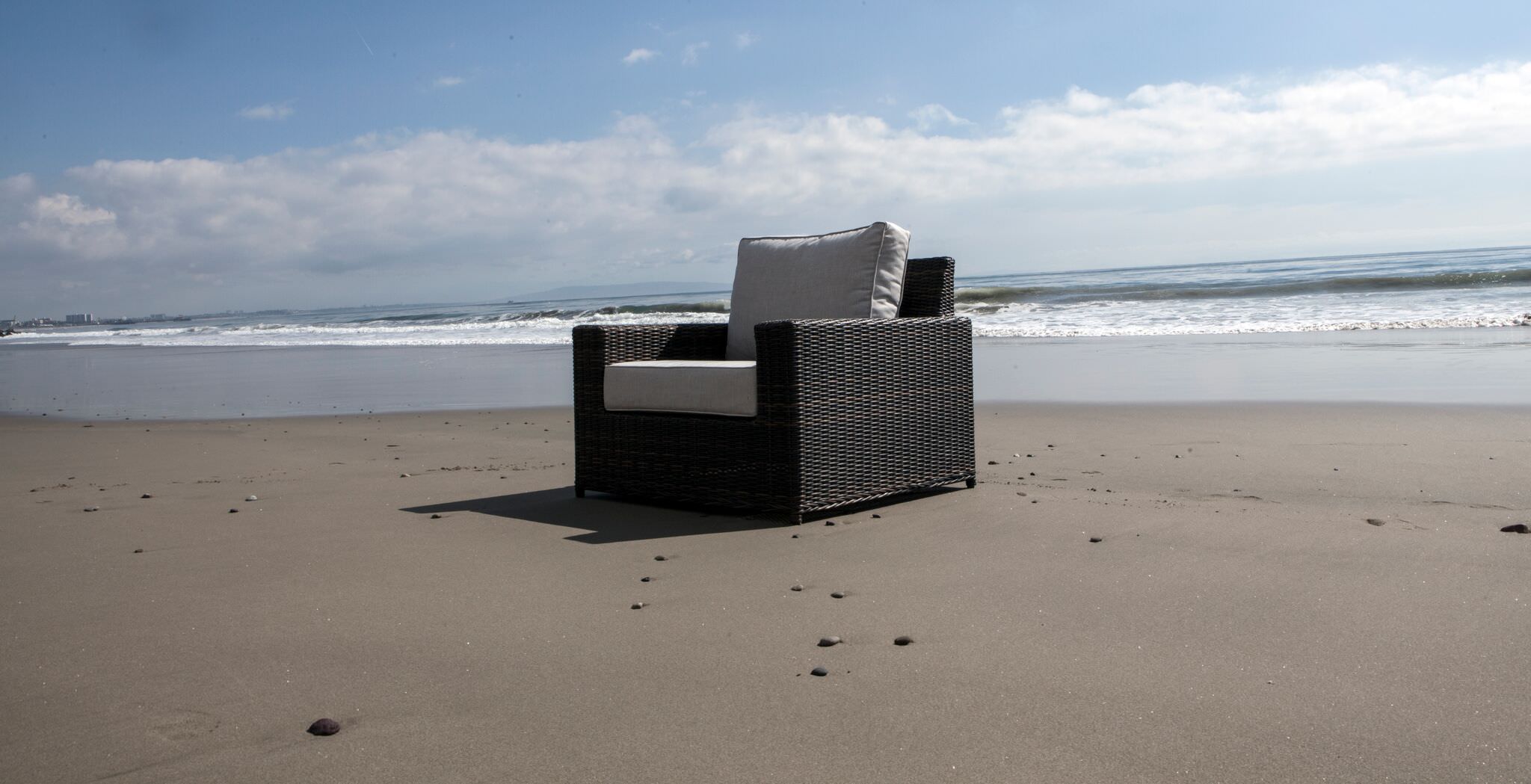
Courtesy of Yardbird
JAY DILLON: I moved to Asia to begin developing Yardbird and was spending a lot of time in factories. It didn’t take long before I saw the incredible amount of materials, specifically virgin plastics, and waste. After a certain amount of time it forces you to think about how this process could be done differently.
Outside of the factories, I spent a lot of time at the beach where it was impossible to ignore the ongoing epidemic of plastic litter in waterways. After researching the issue, I learned that five Asian countries (Vietnam, Philippines, Indonesia, Thailand and China) contribute more than 60 percent of the garbage to the oceans. The opportunity to support conservation efforts was obvious.
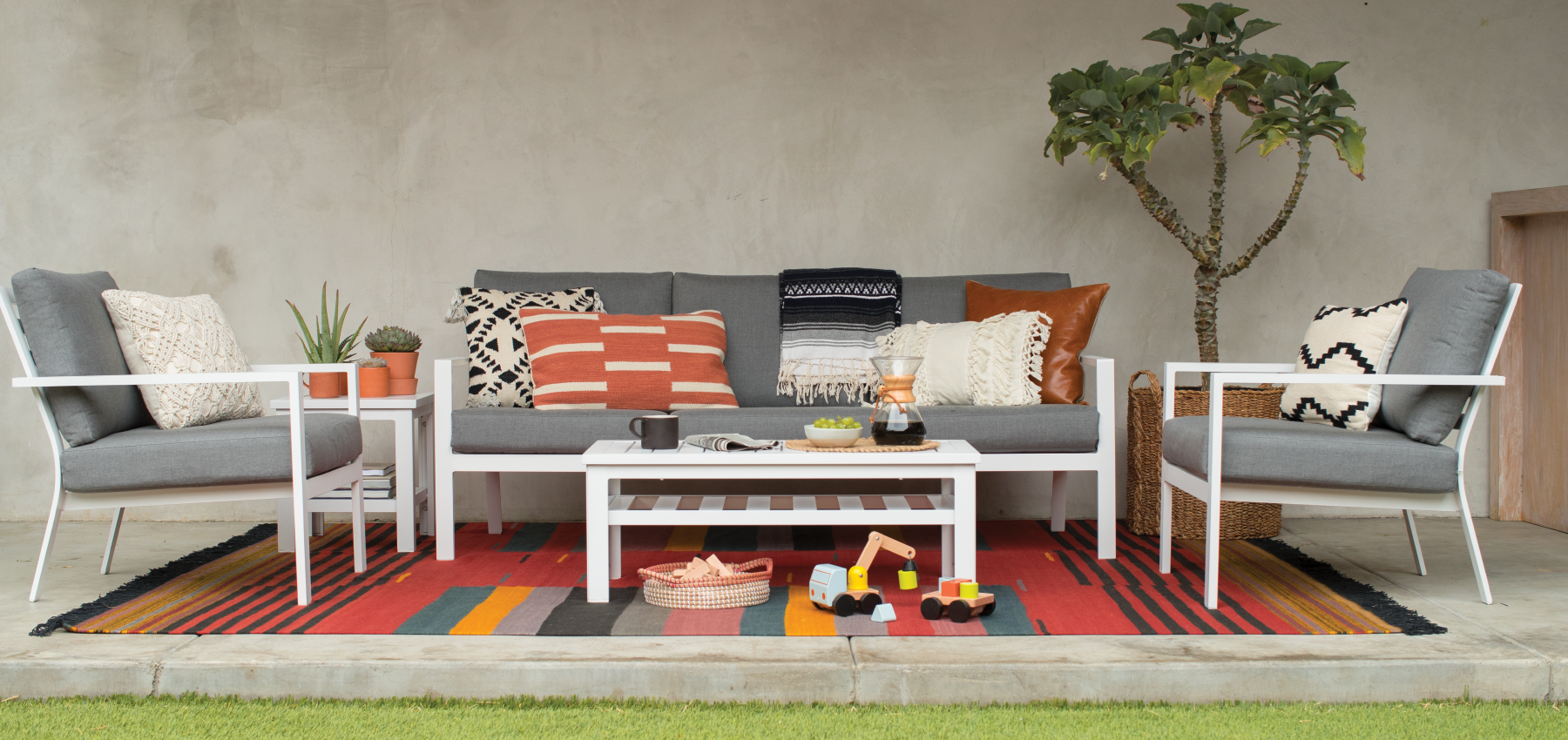
Luna Collection
Courtesy of Yardbird
I began to research and learned that many of these countries have an informal system of garbage collectors that sell plastics to recycling facilities. I reached out to many recycling facilities in The Philippines to learn how I could use their recycled materials to reduce the amount of virgin plastics incorporated in Yardbird’s resin wicker collection. I began working with a facility in Manila to purchase plastics specifically collected from beaches and waterways to incorporate in Yardbird’s resin wicker collections. As a result, Yardbird has collected and incorporated over 30,000 pounds of intercepted ocean plastic in its 2018 collection, with 50 percent of every handmade resin wicker set made of this recycled material.
WW: How did you connect the plastic you were seeing on the beaches in Hong Kong with the furniture you wanted to make?
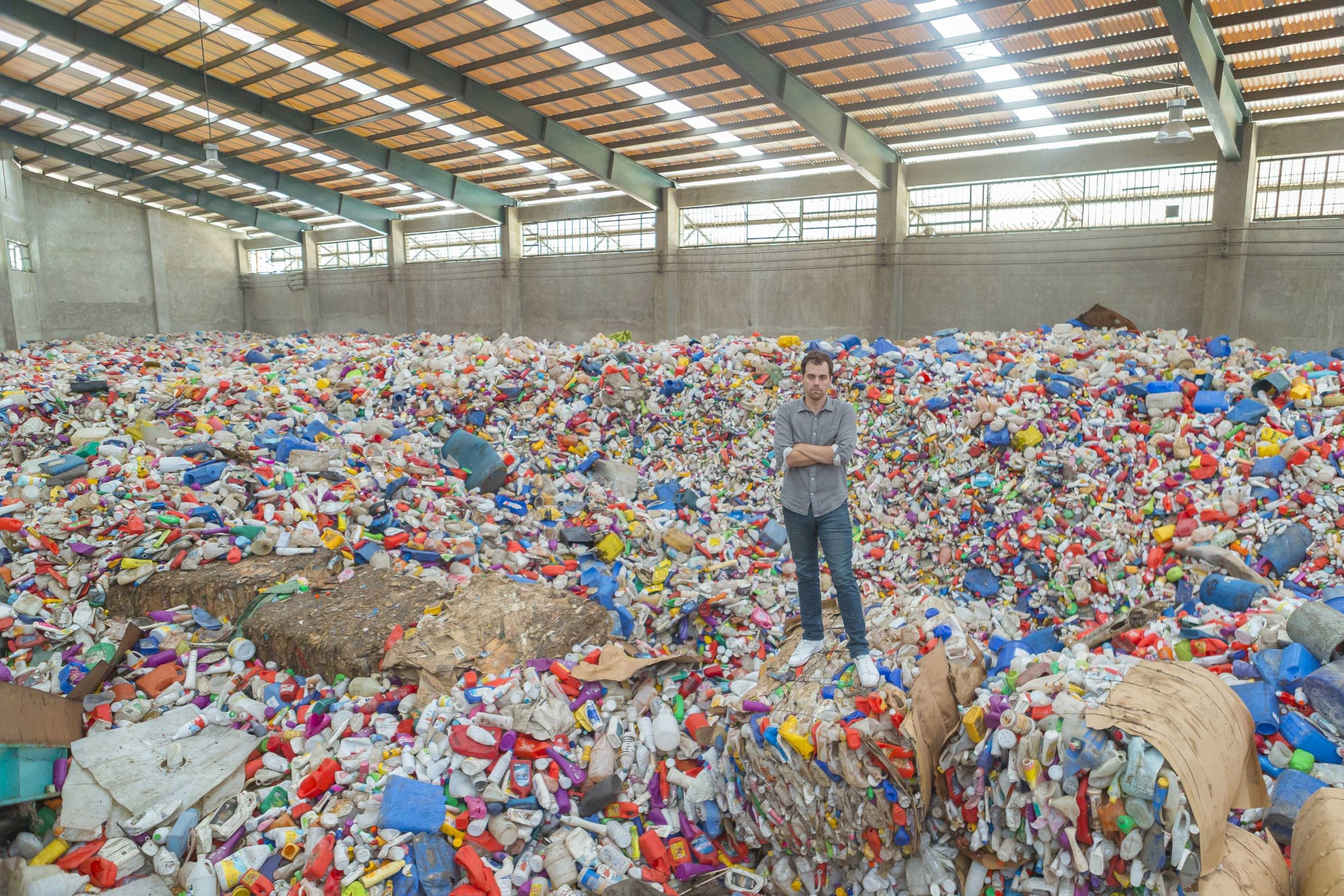
Collected plastic in Manila
Courtesy of Yardbird
JD: Our commitment to sustainability was inspired with the interest of starting an outdoor furniture business—we love the outdoors and want to enjoy it for years to come. The ongoing epidemic of plastic litter is hard to ignore, especially after spending time in Asia. Recent studies of the “Great Pacific Garbage Patch” estimate its size to be 1.6 million square kilometer, containing 1.8 trillion pieces of rubbish. With Yardbird’s largest resin wicker set using over 120 pounds of plastics, we knew that we wanted to start our sustainability mission with incorporating recycled plastics. Yardbird is intercepting plastics before they make it into the waterways. We believe it’s more productive and cost-effective of focus on obtaining plastics when it is still on land, rather than fishing it out of the waterways and oceans.
We also wanted ensure we were staying true to our high-quality promise. Yardbird’s resin wicker is put through extensive testing to ensure high durability and fade resistant qualities.
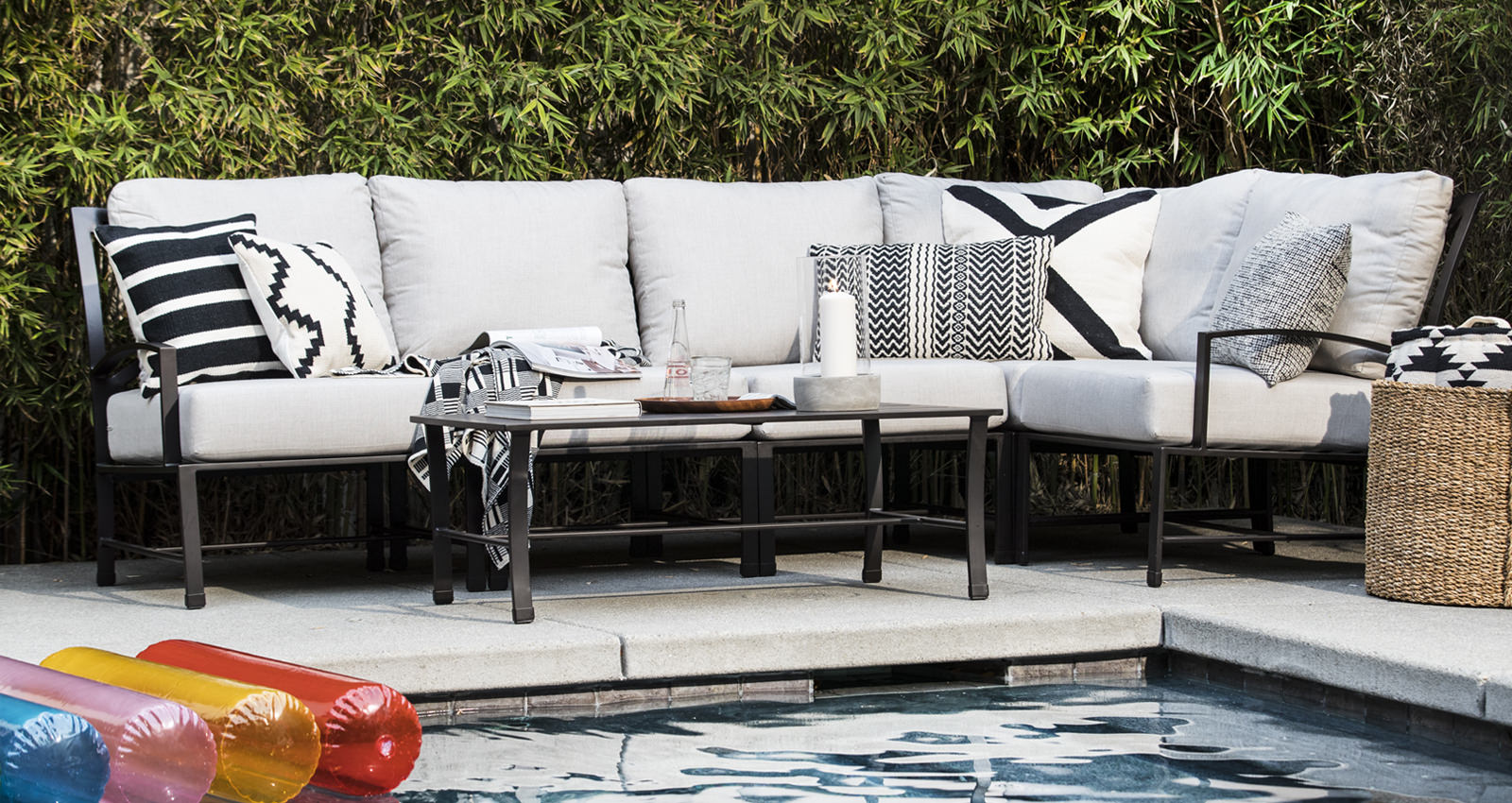
Colby Collection
Courtesy of Yardbird
WW: The story of outdoor furniture made in a way that benefits the environment works out sort of perfectly! Have you seen a reaction from consumers in response to the sustainability angle?
JD: The Yardbird customer values our socially conscious approach to design and production. They love spending time outdoors and, as a result, value aligning with brands who are conscious of their environmental impact.
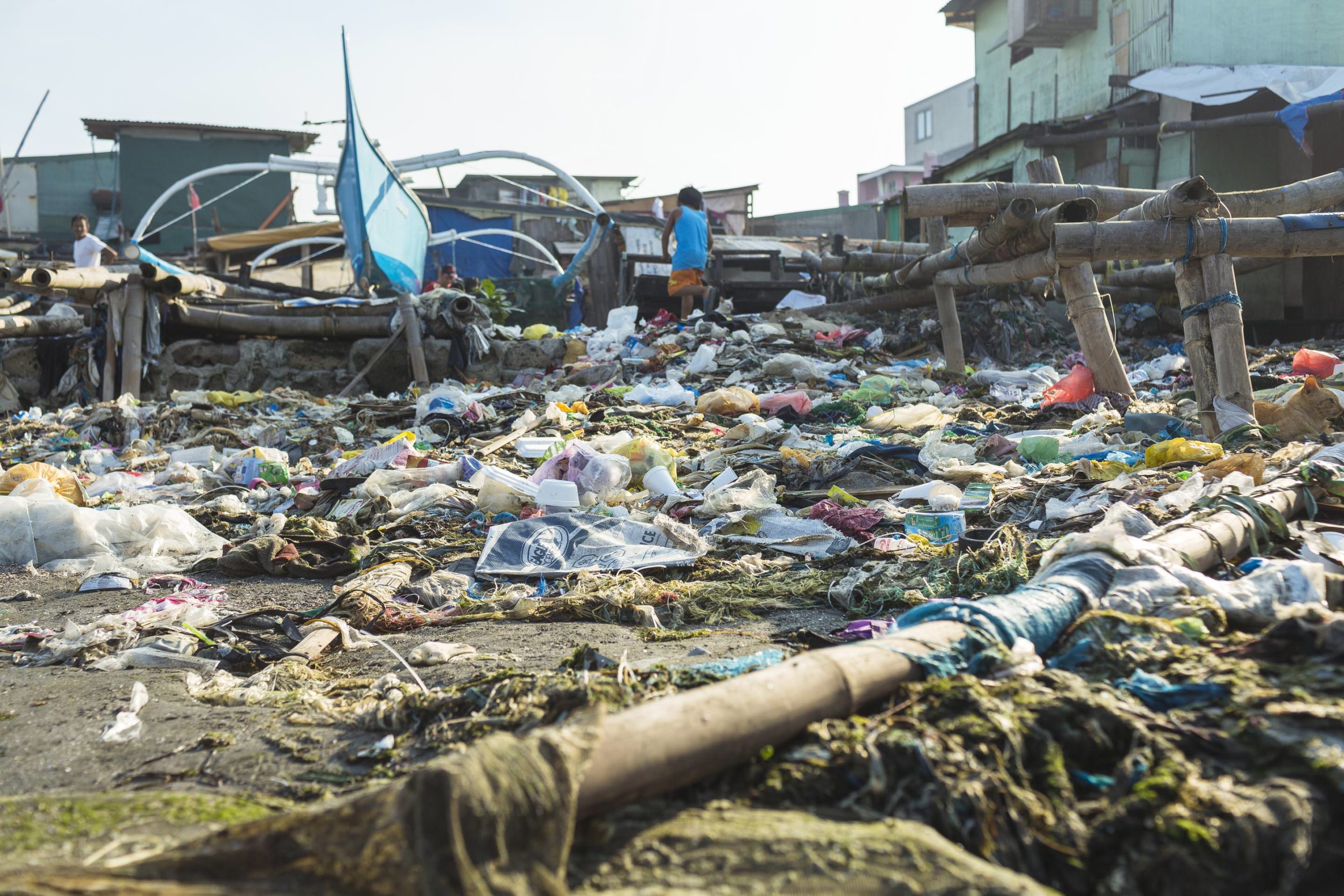
Courtesy of Yardbird
WW: How are you hoping to use even more recycled material in the future?
JD: 30,000 pounds of intercepted ocean plastics are incorporated into Yardbird’s 2018 collection, with 50 percent of every handmade resin wicker set made of this recycled material. We are targeting to collect over 100,000 pounds of intercepted ocean plastic to incorporate in our 2019 collection, increasing the content to 75 percent. We have also introduced intercepted ocean plastics into Yardbird’s packaging in the 2018 collection.
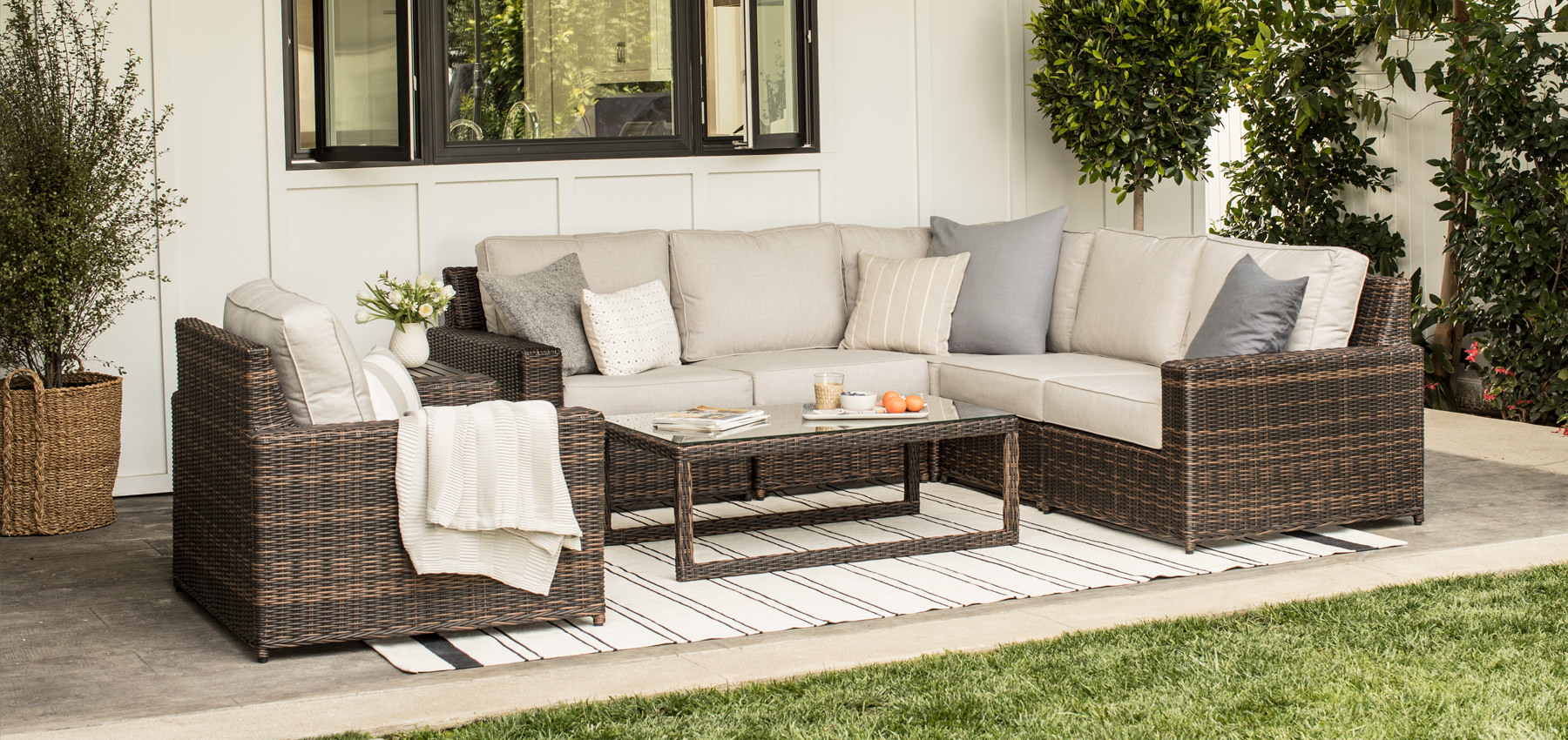
Langdon Collection
Courtesy of Yardbird
WW: How has the material shaped the design of the furniture?
JD: The material helped shape our social mission without having any impact on our design. We are thrilled to offer customers the same high quality furniture as other brands while incorporating alternate materials in our production. We hope that Yardbird’s mission to be socially conscious – without sacrificing design, comfort or style – will inspire other companies to be mindful about what materials they are using in their production as well.
WW: The other aspect of your ecological impact comes from shipping and packaging materials. How are you working to offset your carbon footprint?
JD: Yardbird is 100% carbon neutral. We offset our carbon footprint through a partnership with Carbonfund.org – inclusive of shipping from factories, delivery to customers and travel for Yardbird employees. Yardbird uses 30 percent less packing materials than the industry standard. The bubble wrap we use in our packing is made from intercepted ocean plastics and the boxes are made from recycled cardboard. We are continuously looking to innovate Yardbird’s packaging and hope to be completely free of foam by 2019.
WW: How will you be enjoying the outdoors this summer?
JD: The irony of having an outdoor furniture startup is that I will be spending most of my time indoors this summer trying to get as much product to our customers as possible! That being said, my wife and I are headed to Colorado for a vacation and I am so looking forward to the fresh air, hiking and soaking up the sun.







